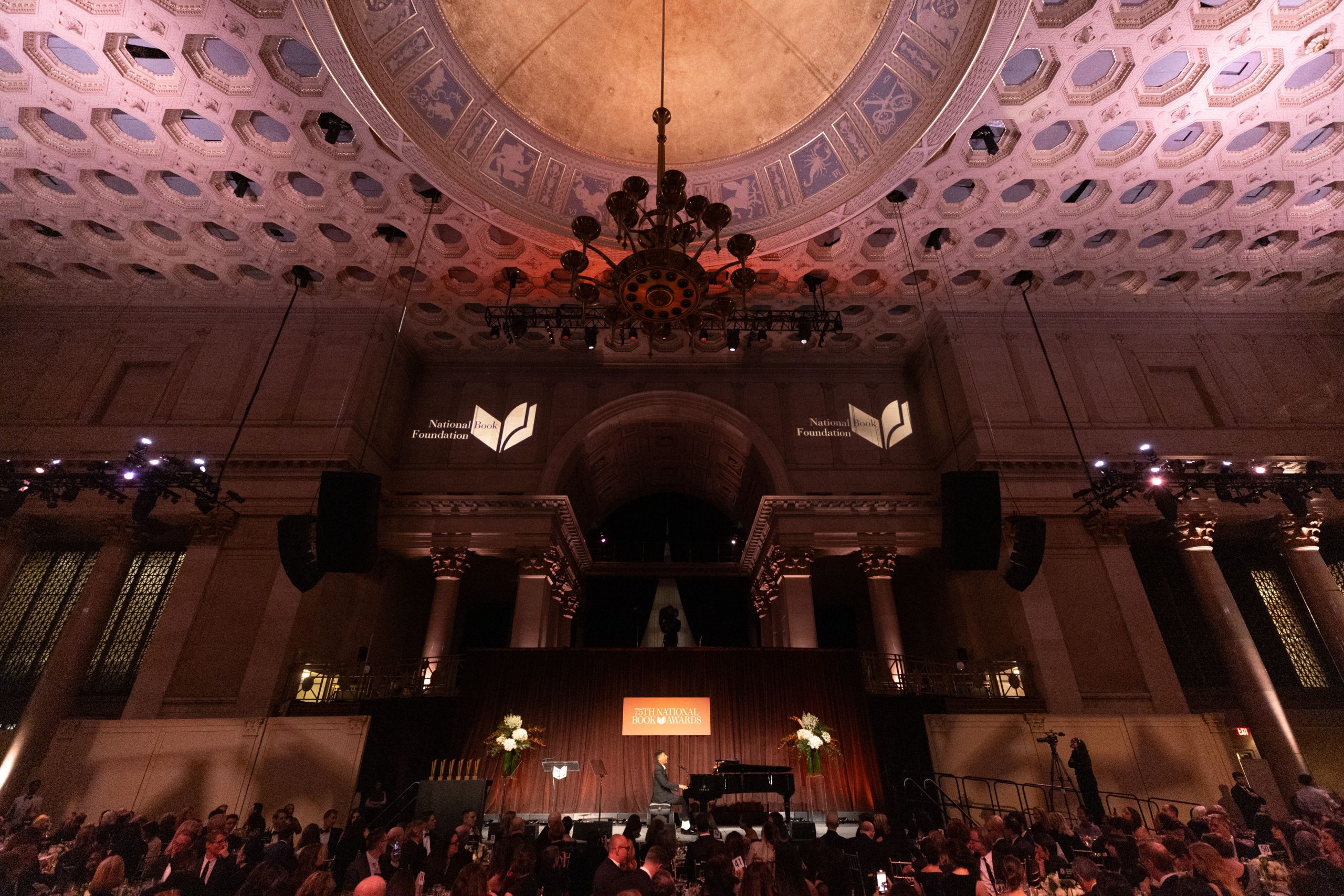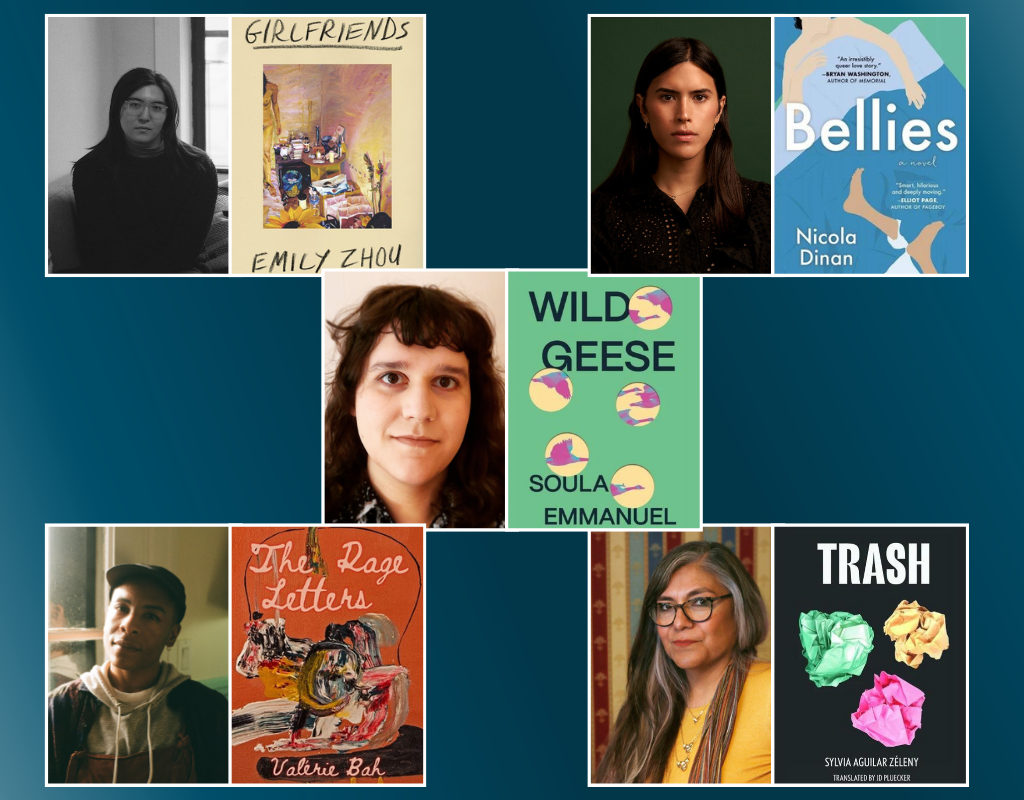Reading Lists
The Best of This Year’s Small-Press Comics
An Ignatz Awards juror gives you the inside scoop

I f you’re an independent cartoonist, you’re probably not going to get a Pulitzer or a Man Booker Prize (although let’s not rule it out). What you want is an Ignatz Award. This year, I was nominated as a juror for the Ignatzes by a 2016 juror (being a juror for the Ignatz Awards is passed on like vampirism). This meant I got to help winnow hundreds of nominees — anyone who makes a comic, in any form, can self-nominated or be nominated by an advocate — down to a smaller group of oustanding finalists. All told, there were 600 submissions: graphic novels, short story collections, a couple of coloring books, gag collections, book art, sketchbooks, and a ransom in zines.
Each juror (me, Glynnis Fawkes, Neil Brideau, Trungles, and David Willis) was allowed to nominate fifty books for the award, five books per category. It was incredibly difficult to pick just fifty out of those boxes. And it was hard to reconcile the breadth and originality of some of my favorite books with the limitations of the categories. There were so many books I fell in love with along the way. There were also things I wanted to nominate for awards that weren’t books — intelligent, challenging small presses, surprising design ideas, individual drawings, drawing styles, pen choices, line widths, paper thicknesses. Finding institutionally approved ways to sneak all my favorite things into the award nominations was hard. It couldn’t be done.
But even if I couldn’t give everything an award, I can still recommend them. Here are a few exciting things — books, series, presses, paper weights — that didn’t make it onto the official rap sheet. (And a couple that did, explained.)

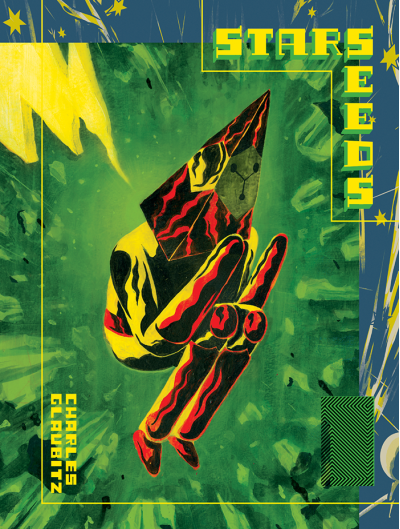
1. Starseeds by Charles Glaubitz
There really ought to be a category for book design. The first thing I saw when I opened the box dominated by Fantagraphics titles was Starseeds by the Mexican multimedia artist Charles Glaubitz (Fantagraphics). The cover illustration is a KO, sumptuous with color, and enhanced with tightly localized textural effects.

2. Fante Bukowski 2 by Noah Van Sciver
The Fante Bukowski books, also from Fantagraphics, are a portrait of Fante Bukowski (not his real name), a down-on-his-luck Ignatius J. Reilly type whose propensity for self-sabotage is beaten out only by his power to deflect sympathy. “Oh, Fante,” thinks love interest, affectionately, “You’re such a bad writer.” Van Sciver’s genre is unusual in indie comics: he’s a realistic fiction writer, and he’s very good at it. Meanwhile, the drawing, compositions and color are truly great art in the tradition of ‘60s/‘90s American underground cartooning.
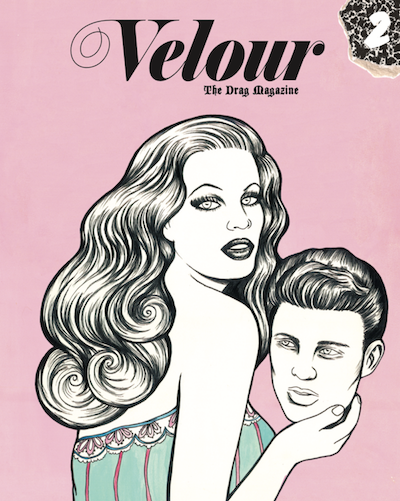
3. Velour, The Drag Magazine, edited by Sascha Velour and Johnny Velour
Besides inclusive and prescient curation, besides embodying (and helping define!) the conceptual areas where design, illustration, and drag combine, besides establishing a unifying print venue for queer and artist communities, the drag magazine is a beautiful object. House of Velour for life.

4. Extended Play by Jake Terrell
Extended Play is a collection of Terrell’s line drawings and comics stories. His combined influences pull from manga, twenties newspaper strips, Nickelodeon, modernist line drawings. I particularly liked the way this book was put together — a perfect bound softcover with a dust jacket. Minneapolis press 2D Cloud, which published this one, has been hitting it out of the park for years now, consistently producing original, genre-inconvenient art comics against economic odds.

5. Yours by Sarah Ferrick
Ferrick takes exciting advantage of book art as a medium. Yours, also from 2D Cloud, is a series of multimedia drawings, some figurative, some not, and intensely emotive, vulnerable handwritten messages. The effect is very disarming immediately. The book favors spreads over recto/verso sequencing, which makes the experience of reading more like looking at paintings than reading traditional comics or prose. It’s a wonderfully natural — and powerful — formatting choice that builds the edges of the work up and around you, as an environment rather than a narrative. Language, stress signals, and questions assert and reconstitute themselves, occasionally falling into rough-hewn grids and other loose systems, allowed to deviate like thoughts caught in the middle of forming.

6. Canopy by Karine Bernadou
I always look to see what Box Brown’s press Retrofit is publishing first. This year the good stuff includes Canopy by Karine Bernadou. Canopy is a mostly silent, four-color comic about a woman who lives in a dark (not exaggeratedly dark, but on par with our world in terms of utopian/dystopian balance) Eden filled with with relationship parables. The metaphors are sharp. Calling Bernadou’s work “charming” is too slight to do justice to the real depth of her ideas about relationships, but reader beware: charm lies among the thistles. This is a book about pain, need, and self-reliance.

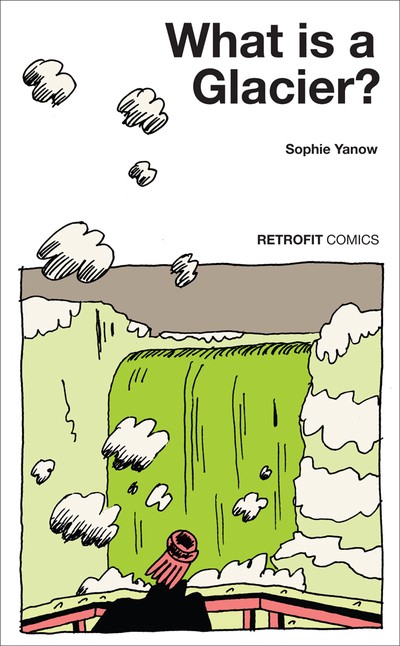
7. What is a Glacier? by Sophie Yanow
Also from Retrofit, What is a Glacier? is Sophie Yanow’s autobio/nature essay/op-ed comic. Yanow’s writing is always intelligent — introspective while looking outward, and always seeking clarity (makes sense, since Yanow also works as a translator). She’s great at starving the page, using space and silence to underline her points. Props back to Retrofit for further satisfying design choices on Glacier: the thick paper, the long, lean dimensions.
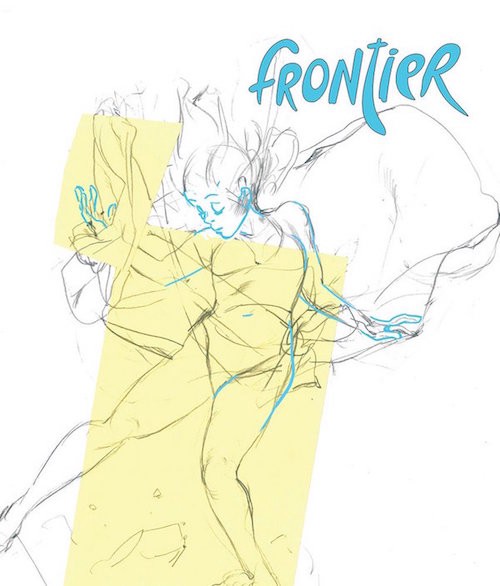
8. Youth in Decline’s quarterly monograph series Frontier, issues 13 (Richie Pope) and 14 (Rebecca Sugar)
This series has been a going concern since 2013, and is thoroughly great. The books showcase U.S. and international artists across disciplines. Pope’s issue is a vividly illustrated picture book about “the experience and gaze of black fatherhood” (Pope’s synopsis from his back page interview). It’s personal work, intelligently handled, and Pope’s play-anthropological field report on creatures called “Fathersons” is handed over with confidence.
Rebecca Sugar’s (the force behind Steven Universe, among many other animated, print, and musical projects) issue is a sketchbook full of thrilling ideas and intimate observations about animation and, well, love and stuff.

9. Zonzo by Joan Cornellà
Joan Cornellà’s new collection from Fantagraphics is fucked up, but that’s not why it’s good. Anything can be fucked up. Cornellà’s six-panel dumbshows are sly achievements in lateral thinking. Another example of inventive book design.
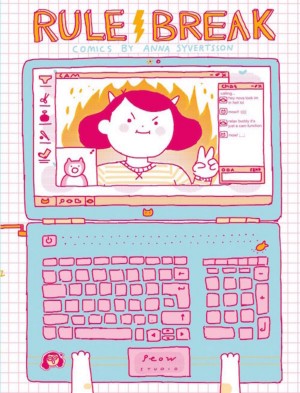
10. Rule Break by Anna Syvertsson
Anna Syvertsson is VERY FUNNY and she keeps having good ideas. Truly, just one great notion after another. I was on a road trip while reading some of these and Syvertsson’s cartoons were the ones I force-fed everyone in the car until I wasn’t allowed to.

The Ignatz winners will be announced during Small Press Expo, the weekend of September 16–17, at the Bethesda North Marriott Hotel and Convention Center. The winners will be listed on the SPX website the evening of September 16. If you can’t make it to SPX, the books mentioned in this article can be purchased from their publishers, sometimes directly from the creators, and from your local comics shop.





